By Khaya Carter
UJW Staff
WASHINGTON — This time last year, 18-year-old Pierre Carter was in the middle of taking a General Educational Development (GED) class. He had dropped out of high school in December 2008.
“I dropped out of high school because the structure was not fit to my liking,” said Carter, whose official transcript placed him in the ninth-grade even though he should have been in the 11th-grade.
“I really had problems with teachers giving busy work,” he said. “Homework assignments were never checked; they just piled up on the teacher’s desk. We never got any feedback on the work we submitted so I figured what’s the point. I didn’t know where I stood in terms of what I did was correct or not.”
Carter’s story is not unique, according to a 2009 study on the nation’s school dropout crisis.
The study, Left Behind In America: The Nation’s Dropout Crisis, was conducted by the Center for Labor Market Studies at Northeastern University in Boston and the Alternatives School Network in Chicago. It found that nearly 6.2 million students in the United States between the ages of 16 and 24 dropped out of high school in 2007.
This is very different from the figures that the National Center for Education Statistics (NCES) reports. The NCES, which is the statistics part of the U.S. Department of Education, showed that for that same period, “approximately 3.3 million civilian non-institutionalized 16- through 24-year-olds were not enrolled in high school and had not earned a high school diploma or alternative credential.”
Regardless of how far apart the numbers are, educators agree the school dropout rate is indeed a problem in the United States – and one that will be felt for years to come.
The Left Behind study said that Americans who don’t have at least a high school diploma will have considerably lower earning power and job opportunities in today’s workforce.
That also impacts society as a whole. Lower earnings means those without a high school diploma will contribute far less in federal, state and local taxes than they will receive in cash benefits, in-kind transfers and correctional costs, the study went on to say.
“I don’t like it when a student drops out, especially if they don’t let anyone know,” said Woodrow Wilson Senior High School assistant principal Charlette Butler.
Butler would prefer that kids give administrators an opportunity to speak to them so they can encourage them and let them know what options they have, rather than dropping out.
“I think sometimes students drop out of high school because they feel like they have no other options or that everyone has given up on them or they’ve given up on themselves,” she said. “They feel like their situation is one they can’t handle and they don’t see the light. They don’t see how they’ll ever be able to get out of the hole they’re in.”
Wilson World History teacher Mark Fiorill has had a couple of students drop out but the situations were unique.
“The student and the parent and the school made that decision so it wasn’t like the kid just dropped out,” Fiorill said. “It was more like, ‘I need to find something else to do.’ ”
Added James Leonard, a History teacher at Wilson: “Well, it’s funny because you really don’t know when a lot of these students drop out. We obviously see the horrible attendance. I’m probably most impacted when I see a student who is absolutely incredibly bright who just has so many issues at home and in their lives that they can’t come to school and then they drop out.
“They have so much potential,” he said. “It is really a hurtful thing for someone who tries to encourage students to do well.”
Carter was once a student of Leonard’s.
“The interesting part about it was that I was highly competent when it came to taking tests. I would do well,” Carter said. “My teachers were amazed. The problem, though, was, since I didn’t do the busy work or projects, I still didn’t pass the class because that work held weight in terms of my final overall grade.”
Wilson guidance counselor Wanda Flowers said schools need to be creative to keep students engaged.
“I think that you need to tailor it so each child gets what they need within the school,” Flowers said.
Carter said he wished Wilson, which is his boundary high school, offered automotive engineering like public schools in nearby Montgomery County, Md., and Fairfax, Va. Now a student at the NASCAR Technical Institute in North Carolina, Carter said it would have been nice to have had more options.
“The turning point for me was when I went to my counselor,” Carter said. “She realized I should have been in honors classes where I could have been more challenged. In addition, she thought I should have been assisted with finding programs and related activities that were related to my interests.
“My standardized test scores showed I was really smart,” he said. “I was just bored and it seems the teachers and other administrators wanted me to fit in a mold and just go with the flow. I wasn’t feeling that so I cut class to get their attention and it finally worked.
“My counselor suggested I get my GED. My plan was to go to school full-time to learn automotive engineering for racing and high-performance cars,” Carter added.
He admits that his struggle would have been greater without a plan.
“Dropping out is easier said than done,” said Carter, who still intends to pursue formal education.
“When I finish with my automotive program, I want to go on to a four-year college and get my business degree.”



